The sucking reflex is one of the seven natural reflexes in newborns. This is why infants and babies suck their fingers (especially thumbs) and the objects they get. It is a common behavior that soothes babies and makes them feel secure and relaxed. Therefore, pacifiers are frequently used by parents to comfort their infants.
However, pacifiers will lead to various dental problems if used excessively. The key effects to emphasize are teeth misalignment and biting issues. Therefore, every parent should purchase correctly shaped pacifiers for their infants. Orthodontic pacifiers, or Orthodontic pacifiers, will be the right choice if you want a hassle-free soothing device.
What is meant by an orthodontic pacifier?
Orthodontic pacifier differ quite from conventional (or traditional) pacifiers in their shape. The conventional pacifiers have a nipple with a rounded shape, whereas the nipples of orthodontic pacifier is flat and square. The altered nipple shape brings about numerous benefits.
Additionally, silicon rubber is equipped to make orthodontic pacifier to prevent irritations in the baby’s mouth. It implies that pacifiers made of silicon are safer than those made of soft plastic and latex.
What are the benefits of orthodontic pacifiers?
- Even though traditional pacifiers soothe babies and reduce the chances of tooth decay to a great extent, they have some negative effects. When permanent teeth start to erupt, sucking pacifiers will upset the alignment and is followed by causing crooked teeth, malocclusion, etc.
- Besides this, conventional pacifiers can cause middle ear infections and disrupt breastfeeding.
- Fortunately, orthodontic-shaped pacifiers prevent your little champ from running into these issues. Here are some instances
- As the nipples of orthodontic braces are flatter, they mimic the action of breastfeeding. Thus it accommodates the baby’s natural tongue movements without any interventions.
- Unlike conventional braces, orthodontic braces do not exert much pressure on the baby’s mouth. Likely, the orthodontic pacifiers do not use the buccinator muscles excessively.
- Researchers have proved that the orthodontic pacifiers’ flat bottoms support the babies’ developing palate and jaw bone.
- To say a long story short, the specific design of the orthodontic pacifiers takes care of averting various dental and bite problems triggered by non-orthodontic shaped pacifiers.
Will traditional pacifiers develop dental problems?
Pacifiers are designed to comfort babies, but you should not keep the soothing device in your infant’s mouth throughout the day. Pediatric dentists advise that pacifier use should be limited to 4 to 5 hours daily. The baby’s ability to learn to talk will be hampered if you try to use it for an extended period or throughout the day.
Similarly, it is advised to use pacifiers when your child completes the age of 2 years. Kids who stick to pacifiers for soothing after that can develop orthodontic issues when adult teeth start to erupt.
Bottom line
Orthodontic-shaped pacifiers differ from traditional pacifiers with flat-shaped nipples. They are designed to prevent dental alignment problems triggered by the prolonged use of conventional pacifiers. Remember that when your child becomes 2 years old, you should make them stop using pacifiers. Otherwise, the sucking behavior will interfere with the teeth and jaw bone development.
Want effective tips to break the habit of using pacifiers and thumb-sucking for your little champs? Contact our pediatric dental clinic in Trichy. Don’t hesitate to get our support.

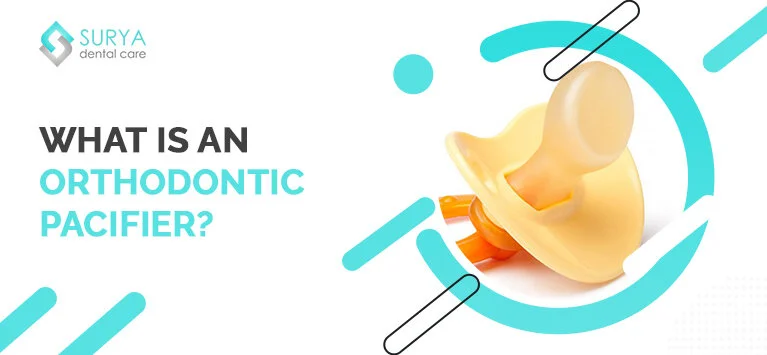




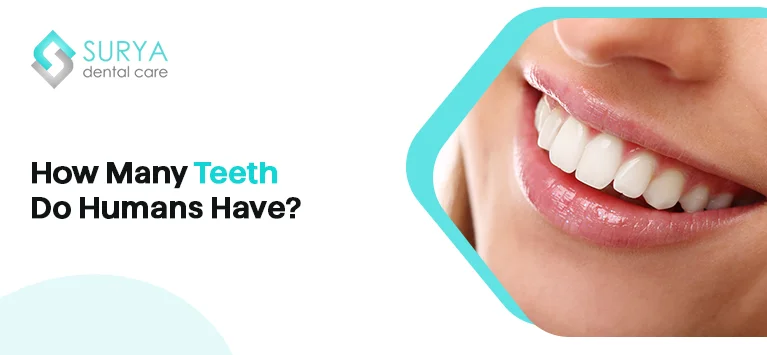
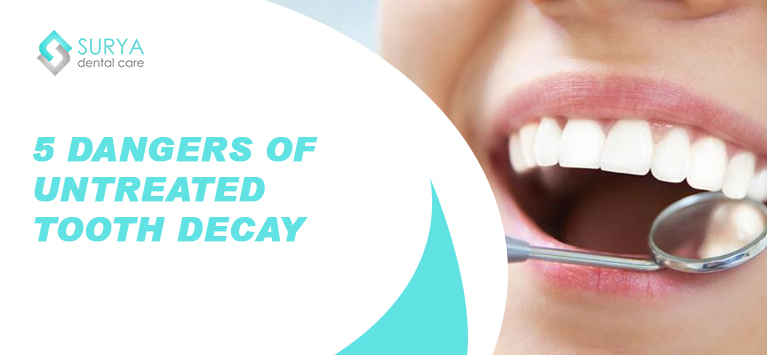
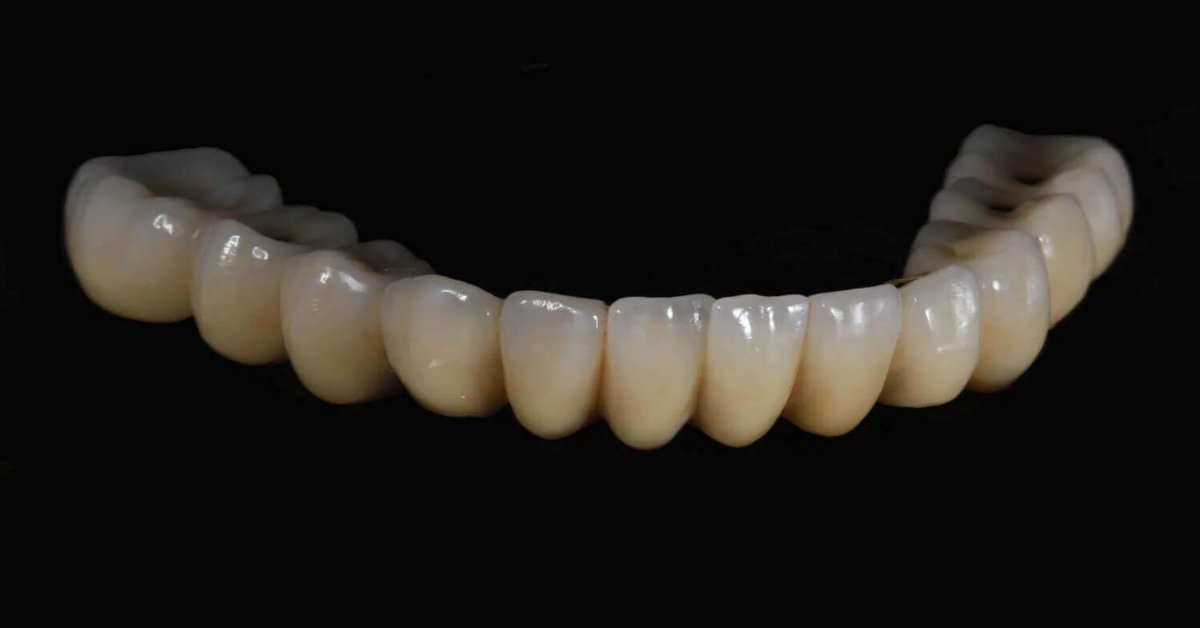
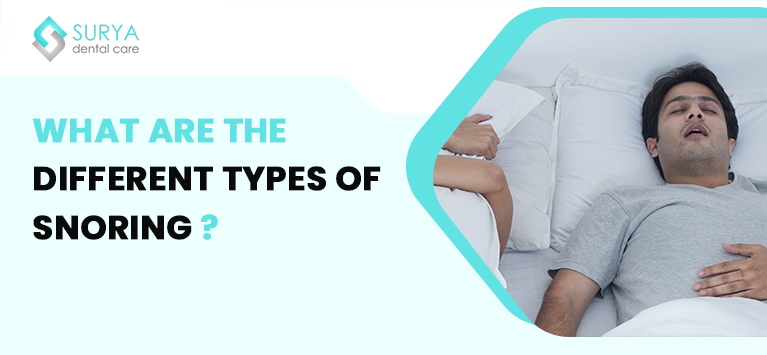

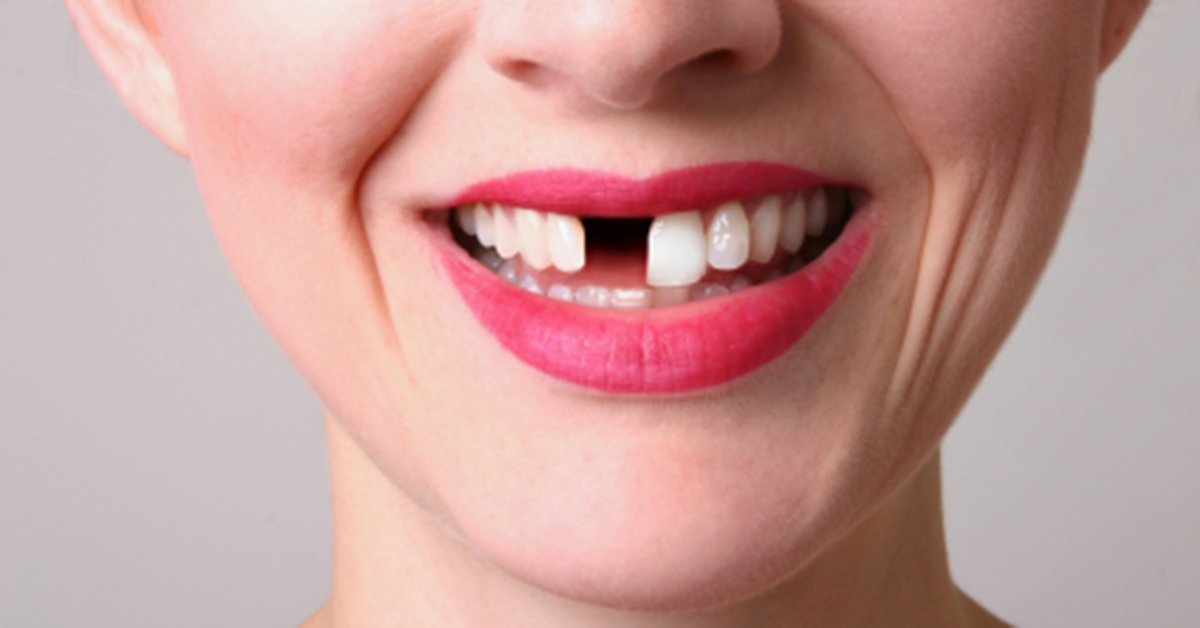
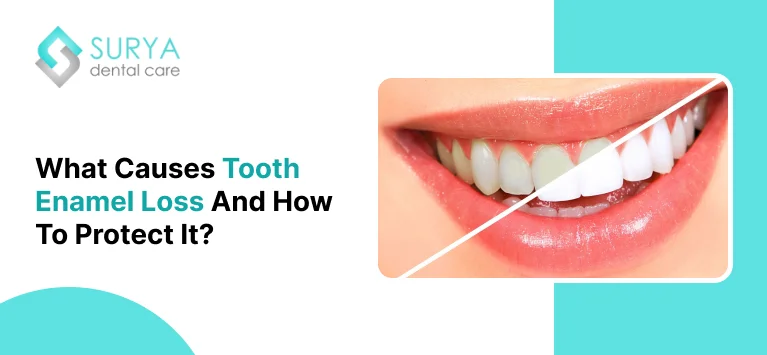


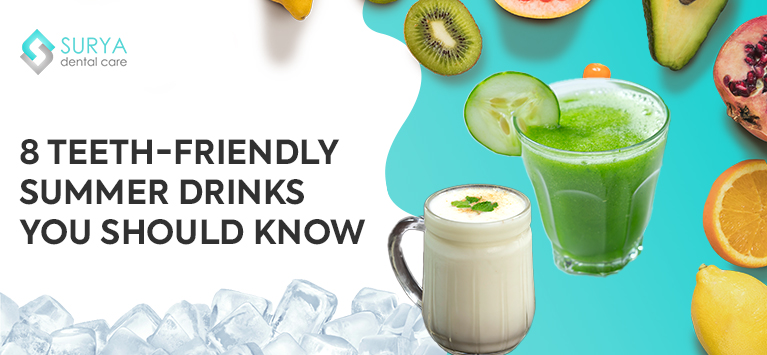


Leave a Comment